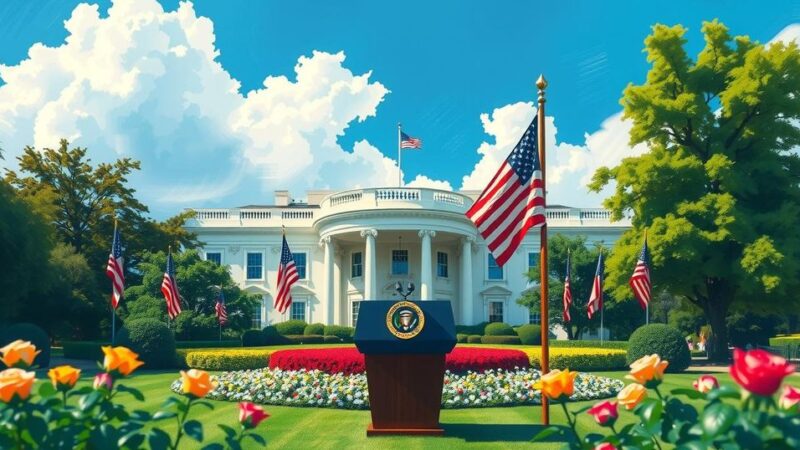Prime Minister Modi’s visit to Guyana underscores India’s strategic engagement with the oil-rich Caribbean nation. With significant oil reserves and surging GDP, Guyana offers promising opportunities for Indian exports and energy diversification. An MoU between India and Guyana’s natural resources ministry highlights plans for cooperation in hydrocarbons, defense, and infrastructure to foster bilateral trade despite challenges from China’s growing influence.
Prime Minister Narendra Modi’s visit to Guyana signifies India’s strategic interests in the Caribbean, particularly in light of the country’s burgeoning oil sector. With vast oil reserves and a rapidly growing economy, Guyana is anticipated to become a key player in global oil production, surpassing Venezuela by 2026. This visit not only caters to the Indo-Guyanese diaspora but also represents India’s broader agenda of strengthening economic ties with smaller nations to bolster the Global South. Guyana’s GDP surged by 33% in 2023 following impressive growth rates in the previous years, making it an attractive market for Indian exports. The discovery of significant oil reserves has positioned Guyana as a critical contributor to non-OPEC oil production, offering India a new avenue to diversify its oil imports, considering its status as the world’s third-largest oil consumer. India’s Ministry of Petroleum and Natural Gas and Guyana’s Ministry of Natural Resources signed a Memorandum of Understanding (MoU) addressing comprehensive cooperation in the hydrocarbon sector, covering oil sourcing, exploration participation, refining collaboration, and enhancing bilateral trade. Concurrently, India aims to establish a multi-year oil purchase agreement and take stakes in exploration projects. In addition to the energy sector, Guyana presents lucrative opportunities in defense, with significant military equipment acquisitions from India. This partnership has been solidified through India’s provision of Dornier aircraft under a credit agreement, reflecting India’s increasing presence in various sectors of Guyana’s economy. Despite the burgeoning trade relationship, caution remains surrounding China’s extensive involvement in Guyana as it pursues infrastructure dominance through the Belt and Road Initiative. Guyana’s strategic location and resource wealth make it a focal point for competing global influences, primarily between India and China.
As the backdrop to Prime Minister Modi’s visit, Guyana has recently emerged on the global stage due to its extensive oil discoveries. In 2015, 11 billion barrels of oil were located, leading to a remarkable economic transformation characterized by exponential GDP growth. By harnessing its oil reserves, Guyana has attracted international interest, including from India, which seeks to diversify its oil sources amidst increasing domestic consumption. Guyana’s geopolitical significance is further underlined by its regional dynamics, particularly concerning the influence of major powers like China.
In conclusion, Prime Minister Modi’s visit to Guyana marks a pivotal moment in fostering India’s economic relations with the Caribbean. Amid the burgeoning oil landscape and strategic collaborations in defense and infrastructure, Guyana is poised to emerge as a significant ally for India in diversifying its energy imports. However, the competitive geopolitical environment, particularly with China’s substantial investments in the region, necessitates that India strengthen its economic footprint effectively while navigating local sentiments regarding foreign investments.
Original Source: m.economictimes.com





